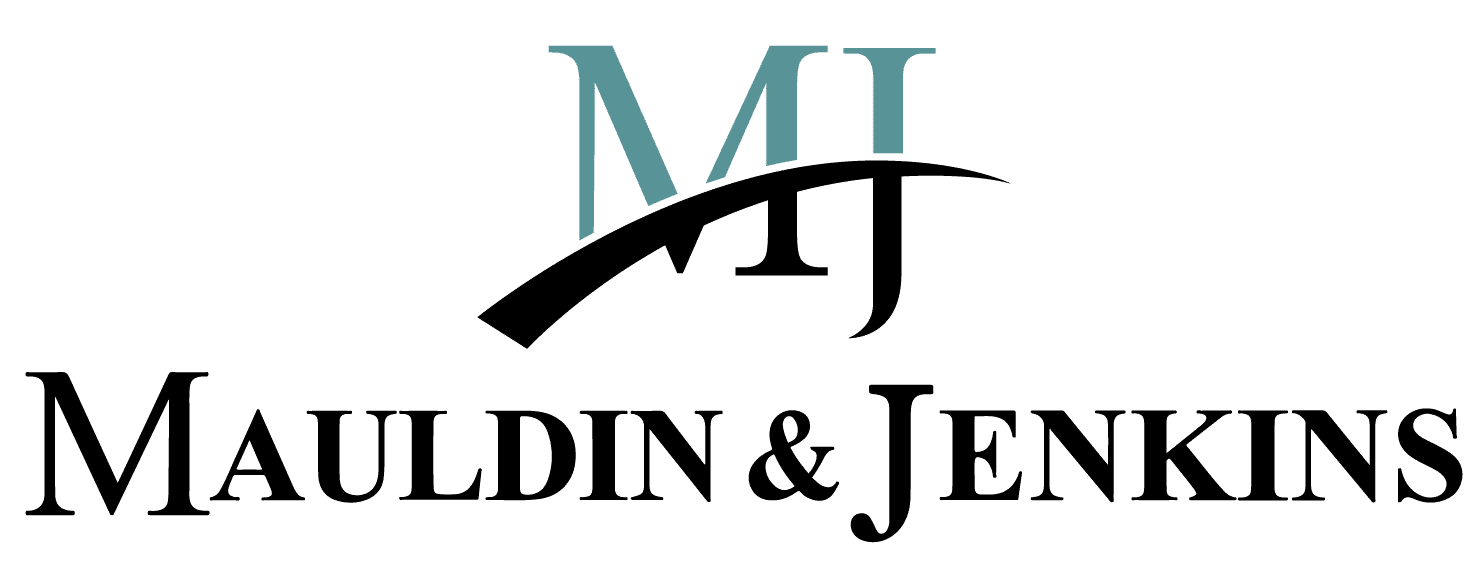Just as we started to regain our normalcy post-pandemic, we are slapped with what many economists are calling “stagflation.” Slowing economic growth, joblessness and rising oil prices are forcing the Fed to increase their rate hike timelines. The Fed has already increased rates twice this year and have left the door open to potentially raising rates as much as four additional times this year. Regulators encouraged lenders to assist their borrowers to maintain operations by providing a multitude of solutions to meet their client’s immediate needs. With the end of governmental assistance, lenders will now need to be more diligent as they explore long-term solutions to address short and long-term cash flow needs to assist business owners through new business challenges and increased operational costs.
As we move into the next financial cycle, all industries will be faced with a myriad of challenges. In 2020 and 2021, farmers were faced with a substantial increase in fertilizer prices. In mid-March of this year, fertilizer prices jumped another 10% to an all-time high per Bloomberg. With the U.S. consuming almost $10.3 billion in fertilizers in 2021 and roughly $1.2 billion of that was imported from Russia, this cost is expected to continue to increase. As the cost of inputs for agriculture continues to hurt the American farmer, the overall cost of groceries, manufacturing, and distribution are not likely to show any immediate signs of easing either.
Lenders face increased risk in managing their loan portfolios, and any prior deviations from loan policy may need to be addressed in the short term. Relationship managers may have waived traditional financial reporting and underwriting guidelines in the context of an unprecedented crisis, but those policy exceptions have created additional risk for financial institutions. Business cash flows are starting to show some contraction and the need for annual reviews on large borrower relationships will be a focus by Regulators for the remainder of 2022.
Federally backed financial aid packages assisted greatly for fully funded SBA 7(a) loans through the pandemic. However, the future of those portfolios is now, and it is up to borrowers to show that they have returned to traditional operations and can maintain ongoing payment obligations. Projections should now be documented as verified and businesses should have a continued plan in place to address the increased cost of running their daily operations.
Disruptions to the supply chains have negatively impacted small businesses and other economic sectors such as restaurants, retail, and the hospitality industries. These domino effects throughout those industries have caused delinquencies and criticized assets in SBA portfolios to increase. The lack of focus at the individual loan level could potentially cause the guarantee to be called into question. With the SBA shifting its focus from a rush to put cash into businesses through federal lending initiatives, it will now be focused on portfolio performance, management, and ongoing monitoring.
Such monitoring activities must include:
- Obtaining borrower and guarantor updated financial statements and tax returns
- Increased financial reporting requirements
- Site inspections
- Collateral and documentation reviews
- Detailed borrower communication
The Office Of Credit Risk Management (OCRM) has already stated that these actions will be extremely important going forward and will be a focus when reviewing requests for honoring guarantees.
Effective credit risk management should have a complete understanding of an institution’s overall credit risk by viewing risk at the borrower relationship level. While institutions strive for an integrated understanding of their risk profiles, much information is often scattered throughout the institution. Our most common exceptions identified in our reviews are often found sitting on the account manager’s computer desktop. Without a thorough exception tracking and risk assessment program in place, institutions have no way of knowing if ALLL reserves accurately reflect risks or if reserves adequately cover potential short-term credit losses. Institutions that have weakened risk management practices will be targets for increased scrutiny by regulators and shareholders in upcoming exams.
By necessity, many of the elements critical to a credit risk review have been lax for the past several years. Credit risk management for financial institutions now demands more urgent and rigorous attention.
- Loan portfolios – After a year of relaxed portfolio monitoring and government funding, loan portfolios represent significant risk for many financial institutions. It is true that a large number of recent loans are federally guaranteed. Even so, between an abbreviated review process, greatly expanded loan volume, and the ever-evolving regulations surrounding many of the temporary loan programs, lenders face the possibility of far greater risk than leaders and governing boards may feel comfortable with – and for good reason.
- Unfunded loan commitments and lines of credit – From business owners to homeowners, few are immune to the financial ramifications of the last year. Cash-out demands associated with existing lines of credit could exceed predictions by a large margin. Is the institution prepared to meet these demands should they be realized? And, if so, at what cost to the overall asset management strategy?
- Investing strategy – The unpredictability of the economy has unsettled financial markets to no small degree. With runaway inflation, predictions of economic instability are now a reality, and while it’s easy to dismiss much of the drama, the fact remains that well-monitored loan portfolios will continue to be desired by investors. Responsible asset management requires a careful review of current investment strategy and policies, given the broader context.
We stated in March of 2021 that we expected to see an increase in loan downgrades over the next 12 to 18 months and that time is now. The return to core loan monitoring best practices by increasing interactions with borrowers to assess their long-term needs. Taken together, increased risk and rules changes only intensify the need for financial institutions to make a concerted effort to put their financial house back in order. Now is the time for banks and credit unions to adopt a renewed focus on the basics of risk of sound commercial and SBA portfolio management.
Should borrowers continue to request the need for short-term extensions or modifications, be sure to take this time to document the file.
- Require interim financials to properly see if the business has begun to return to normal operating levels.
- Clearly state what the sources and uses of funds will be used for.
- Require management to document how they plan to turn around the loss of sales and to return viable operations.
- Review your collateral positions to ensure their condition and that liens are properly perfected.
- Evaluate borrower and guarantor contingent liabilities.
Self-identification of properly risk-rated loans and a proactive approach in identifying risk will be welcomed by regulators. It should be expected that 2021 financials may not reflect the historical positive picture the business had pre-crisis, so annual reviews will need to note the negative impact of 2020 and 2021 and look to projected cash flows on an ongoing basis.
The risk environment has always been both complex and multi-faceted; independent support can assist in making sure that portfolio reviews are performed thoroughly and efficiently and management policies and procedures are being followed. Institutions need to strategically focus on their portfolio needs and ensure all aspects of risk management are put back in line with established Board-approved loan policy in a timely manner. If your financial institution is ready to identify the potential added risk generated by the events of the past year, reach out to the experienced advisors at Mauldin & Jenkins.




